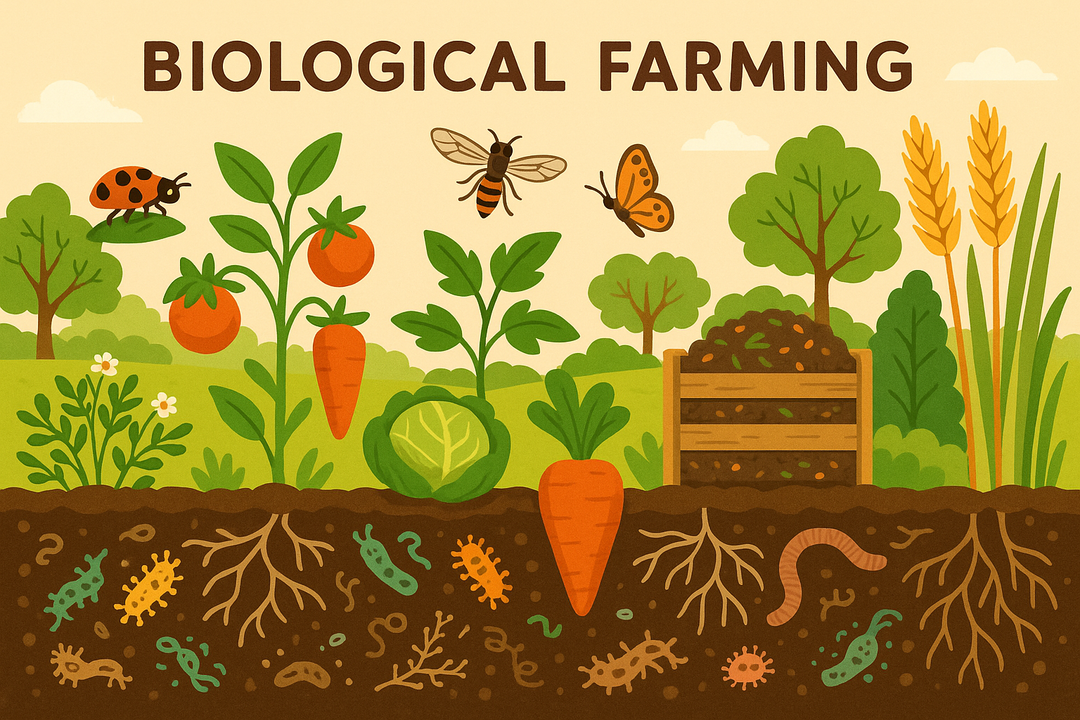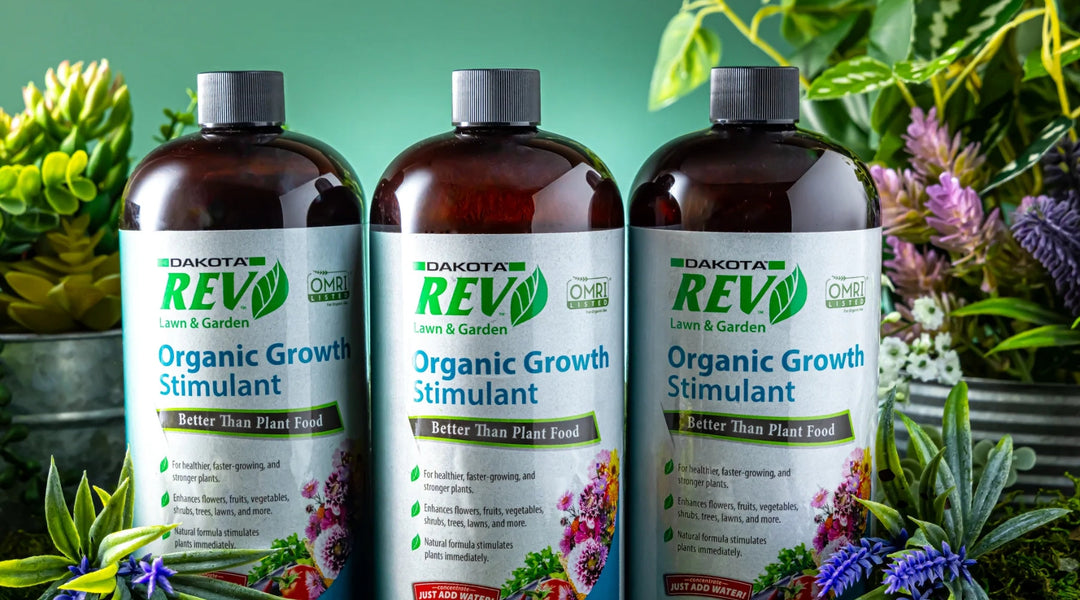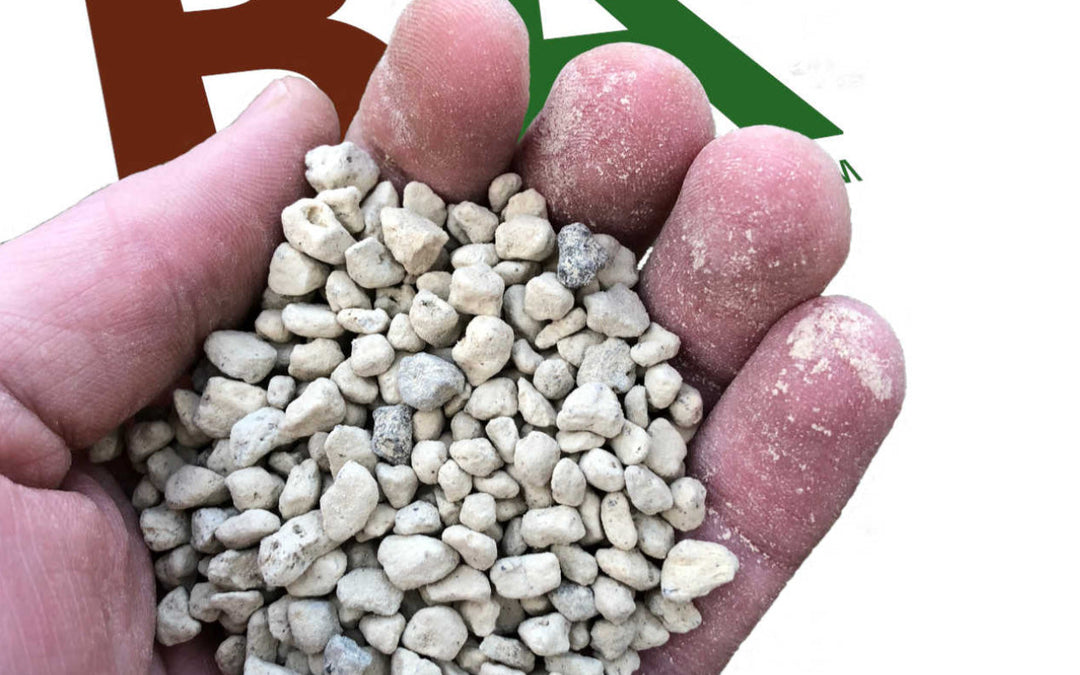What Are Cannabinoids? Part 1: The Basics
First off, you may not know this, but humans actually have CB1 and CB2 receptors, which are located within our endocannabinoid system or ECS—this was all pretty much discovered in the 1990s. What it means is that through these receptors the ECS helps regulate functions such as appetite, immune system, mood, memory, pleasure, and pain, among others. Endo is short for endogenous (produced naturally inside of your body) and cannabinoid derives from the word cannabis. The reason it’s named after a stigmatic drug is simply because the marijuana plant was discovered first.
It’s important to note that CB1 receptors are the most abundant within the brain and are the receptors that interact with THC to get people high, whereas CB2 receptors are mainly located outside of the nervous system.
Cannabinoids are the chemical compounds that come from cannabis flowers. They have been proven to provide relief in many ways. When our endocannabinoid system has a problem, these added cannabinoids work their magic by aiding our internal communication system in a variety of ways.
Before we talk about the compounds* let’s answer a few common questions and misconceptions of cannabis
Marijana or Hemp?

The green leaf that symbolizes weed could actually also symbolize hemp since they are both from the cannabis sativa plant. Marijuana can be from either the cannabis sativa plant or the cannabis indica plant. But, when it comes to physically looking at the cannabis plant—to the untrained eye—hemp and marijuana are the same.
Surely there are more, but in general, there are four key differences between marijuana and hemp.
- Composition: Hemp contains no more than 0.3% of THC whereas marijuana contains more THC (15% to 30% is where the psychoactive effects kick in).
- Usage: Marijuana is used as a recreational drug to get the user high and as a medicinal drug to relieve pain. Hemp has a variety of uses (CBD oil, paper, rope, clothes, shoes, diapers, hemp seed hearts, and numerous body care products) and cannot/does not get the user high.
- Growth & Cultivation: Marijuana plants are grown for the buds they produce and grow wide and bushy if trained properly, potentially reaching the size of a healthy fruit tree. Hemp plants are grown differently based on the intended outcome of the product: CBD oil, fiber, seeds, etc. These plants can sometimes reach heights of 15 feet and are rarely trained or pruned.
- Legality: The Marijuana Tax Act of 1937 banned the use of the plant/drug, which was replaced in 1970 with the Controlled Substances Act. In 2018, President Donald Trump passed the Farm Bill which legalized hemp and hemp products nationwide (although, some states still don’t allow for the cultivation of hemp). This bill removed hemp from the Controlled Substances Act and now considers it an agricultural product.
One piece of nonsense floating around is that the words cannabis, hemp, and marijuana are being used interchangeably...however, cannabis is the family of plants that marijuana and hemp come from. Therefore, cannabis is a more general term and doesn’t always imply marijuana.
THC or CBD?

THC is short for Δ9 tetrahydrocannabinol and is the chemical inside marijuana responsible for getting the user high. Remember the receptors we previously mentioned? THC activates those receptors and, in a sense, overwhelms them. THC is what causes a person under the influence of marijuana to have psychoactive effects (low-moderate doses: slower reaction time, increase in creativity, appetite stimulation, alleviates nausea, etc., high doses: paranoia, anxiety, disorientation, etc.).
CBD is short for cannabidiol and is the most prevalent of the active ingredients of cannabis. The biggest difference between the CBD and THC is that CBD does NOT get the user high. CBD levels vary from plant to plant and is all the rage right now. There are many studies that claim CBD oil can treat a wide range of ailments. While there isn't enough scientific research to back this, many users are publicly sharing their testimonies of these claims.
Compounds

As mentioned above, while THC and CBD are the most popular compounds from marijuana and hemp plants, there are actually 11† known cannabinoids at this time. Let’s briefly touch on each one:
- Cannabichromene (CBC)
- fights bacteria & fungi
- can reduce edema as well as inflammation of the intestinal tract
- fights depression
- stimulates brain growth
- assists in the contraction of blood cells
- Cannabidiol (CBD)
- helps control epilepsy
- controls certain cancers
- eases pain
- stimulates bone growth
- stops the growth of bacteria
- reduces blood sugar levels
- decreases the social isolation from THC
- decreases blood pressure in the blood vessel walls
- reduces the risk of artery obstructions
- Cannabidiolic Acid (CBDA)
- shown to possess antibacterial properties
- antiproliferative, making it ideal for inhibiting cancer cell growth
- reduces nausea and vomiting (especially in patients receiving chemotherapy)
- reduces inflammation
- Cannabidivarin (CBDV)
- reduces the severity of seizures
- reduces nausea
- reduces inflammation
- Cannabigerol (CBG)
- treatment for sufferers of arthritis and lupus
- symptom relief from individual cases of insomnia
- neuroprotection against neurodegenerative disease
- limits cell growth in certain patients with prostate cancer
- Cannabigerolic Acid (CBGA)
- has the potential to alleviate pain
- decrease anxiety and muscle tension
- improve inflammation and digestive conditions
- relieve intraocular pressure
- Cannabinol (CBN)
- can act as a sleep aid
- controls pain
- fights free radicals in the bloodstream
- appetite stimulant
- promotes the growth of bone cells
- pain relief
- Δ8 tetrahydrocannabinol (THC)
- reduces vomiting
- analgesic and anxiolytic
- Δ9 tetrahydrocannabinol (THC)
- helps with relaxation
- eases pain
- suppresses pain from nerve damage
- slows inflammation
- controls anxiety
- suppresses muscle spasms and convulsions
- eases nausea
- fights free radicals
- relieves chronic eye pressure and pain caused by glaucoma
- controls certain cancers
- stimulates new growth in nerve tissue
- Tetrahydrocannabinolic Acid (THCA)
- treatment for sufferers of arthritis and lupus
- symptom relief from individual cases of insomnia against neurodegenerative disease
- limits cell growth in certain patients with prostate cancer
- Tetrahydrocannabivarin (THCV)
- appetite suppressant
- helps with diabetes
- reduces panic attacks
- helps with Alzheimer's
- stimulates bone growth
† Altitude Consulting, Cannabinoids Education
Terpenes

Cannabis terpenes are essential oils that give cannabis its many distinctive aromas and flavors. These oils can affect your high too. Terpenes from the sativa plant are considered to be stimulating and terpenes from the indica plant are said to be soothing. There are over 100 different identified terpenes in the cannabis plant.
Your body will react just by smelling it...allowing you to “sample” it before you use it. Of course, the smells and flavors are subjective, so what your buddy likes might not be what you like.
It’s also good to know that the very similar word terpenoid is often used in its place. However, the difference is that terpenes are the naturally occurring scent, whereas terpenoids are terpenes that have gone through chemical modification.
Even if you’re not a cannabis user, you have been exposed to terpenes elsewhere. Ever smell an orange? Or peppermint? These smells instantly react with your body and senses.
Strains

Using your terpene knowledge, you can now enter a dispensary and know what a strain is. Those are what’s inside all those jars lined up on the shelves. Some of the names may be comical (Laughing Grass) and some will indicate exactly what the terpene is (Super Lemon Haze).
The best way to choose a strain is to know the effect you’re aiming for: calming, happy, energizing, etc. From there, you can smell it, and then use it.
Cannabis education is important whether you're a user or not. The 2018 Farm Bill really broke barriers for the United States and each state continues to fine-tune their laws while working with the federal government. We strongly encourage you to stay up-to-date on the legality of hemp and marijuana. The NCSL site breaks down the laws by state and is a great place to start. Each state has its own laws and can be researched individually as well.
DISCLAIMER: These statements have not been evaluated by the Food and Drug Administration. These products are not intended to diagnose, treat, cure or prevent any disease. It is extremely important to note that you should not use any type of CBD (or similar) or marijuana products without talking to your doctor first, especially if you’re taking any medication. Being high has been proven to affect your reaction time; do not drive or operate machinery especially when using marijuana.






Leave a comment